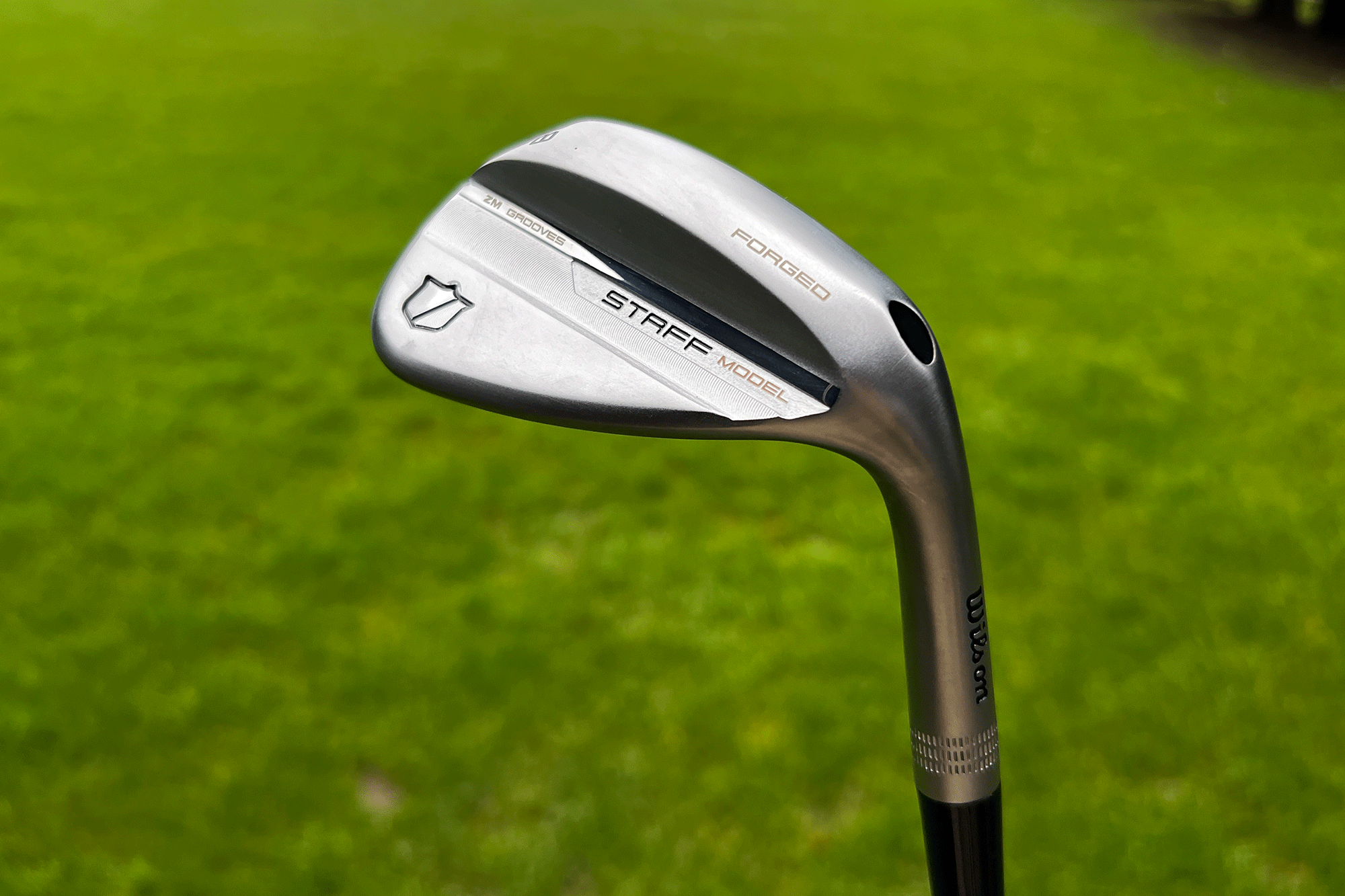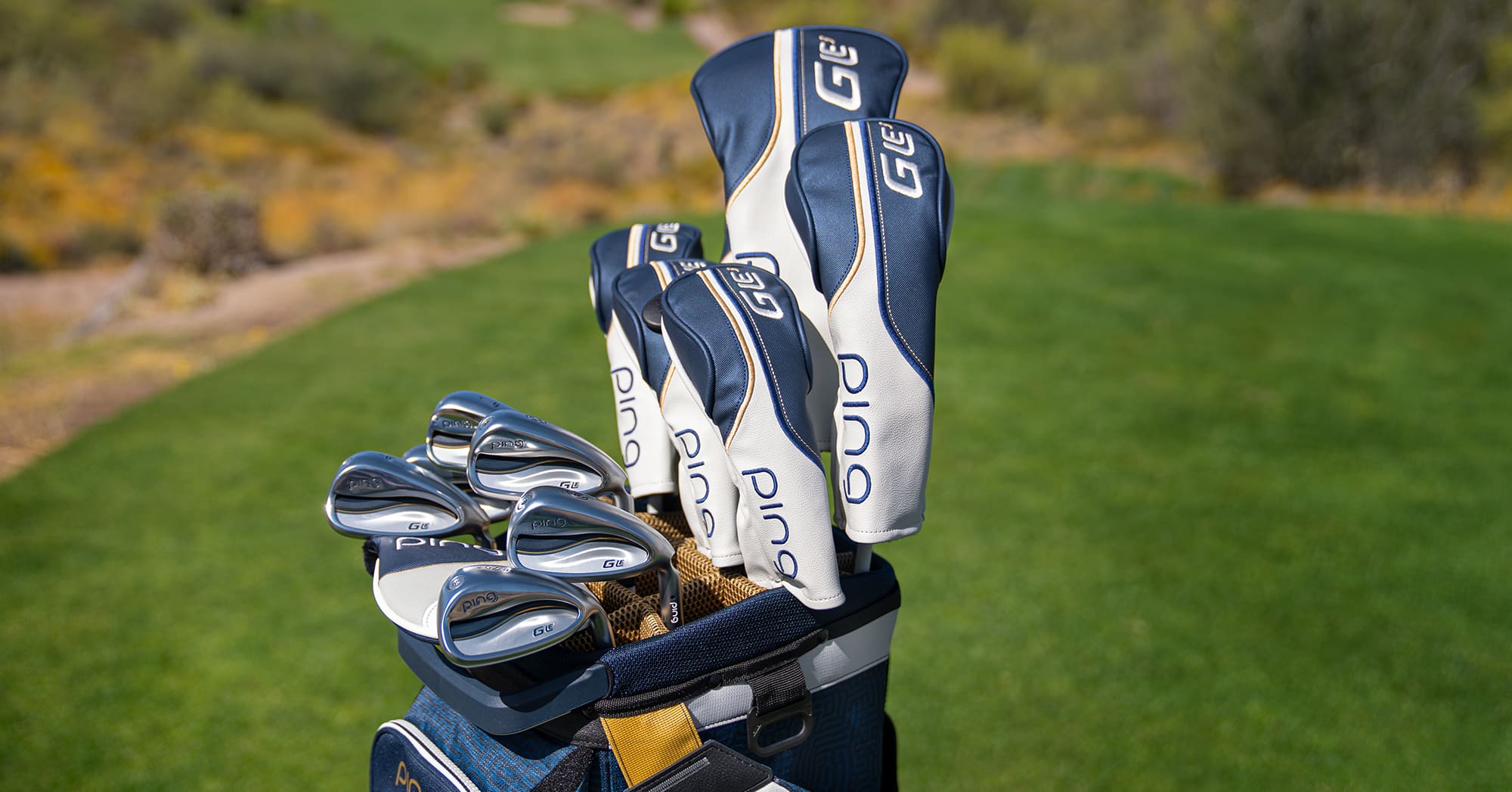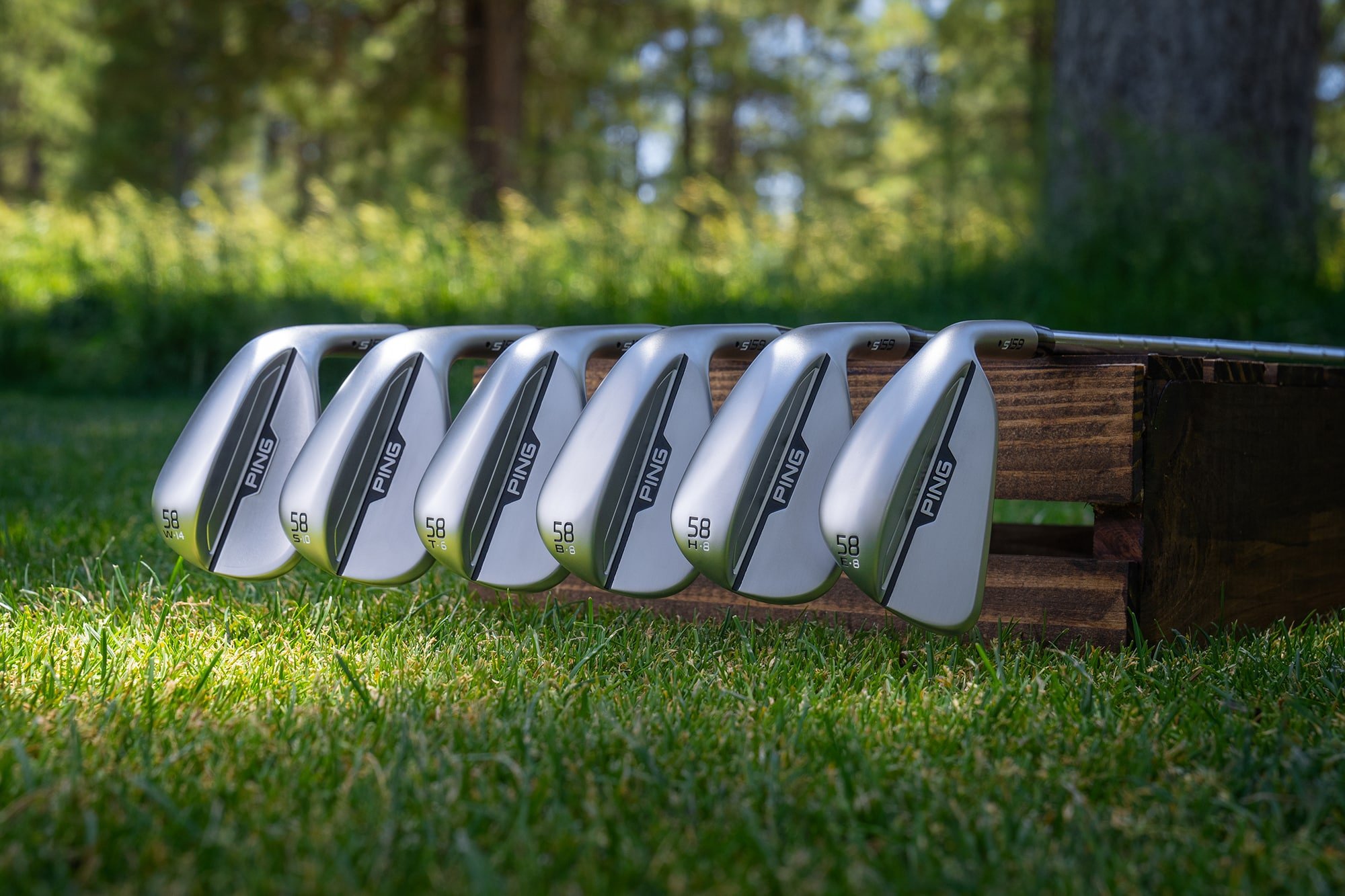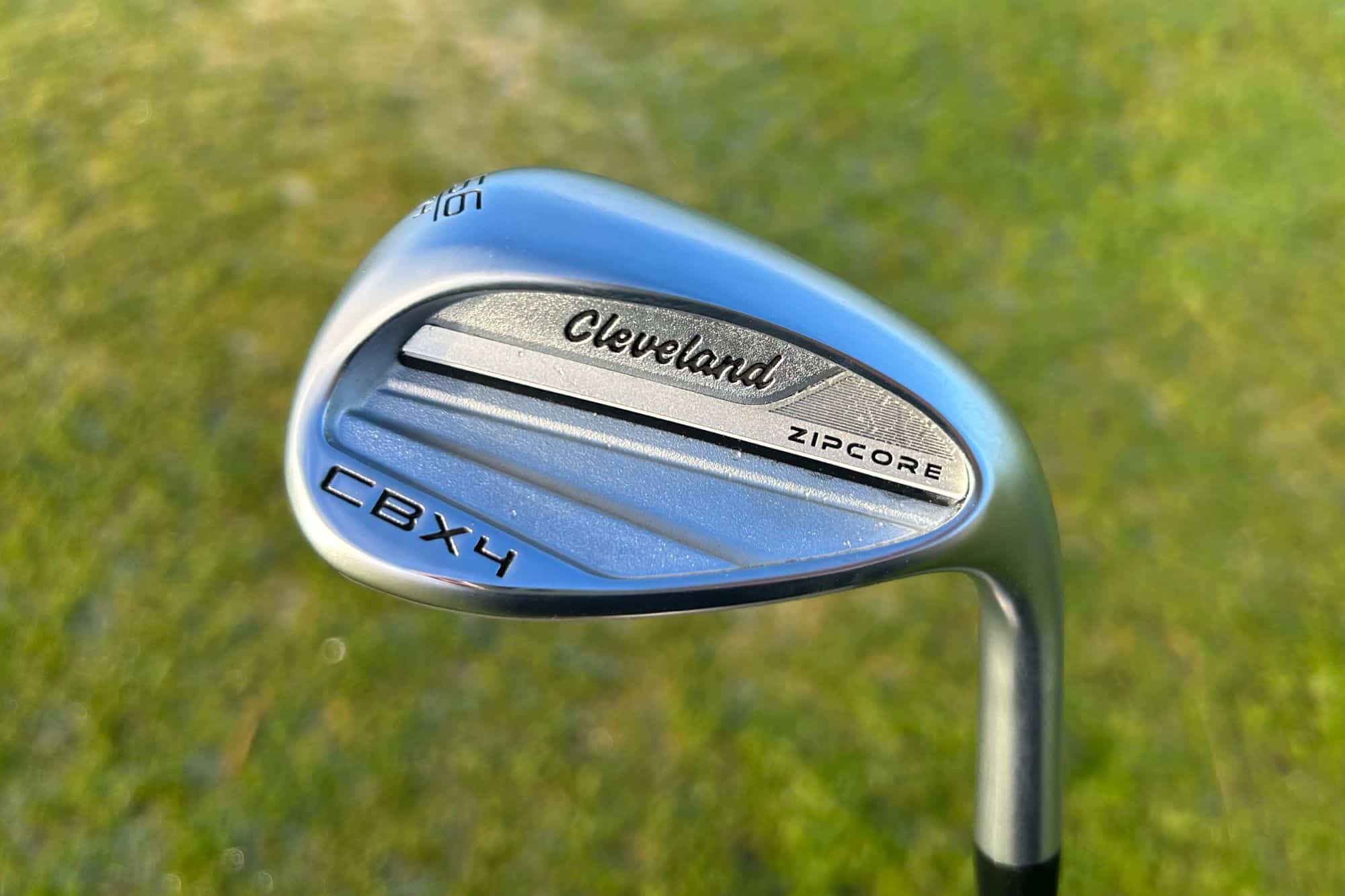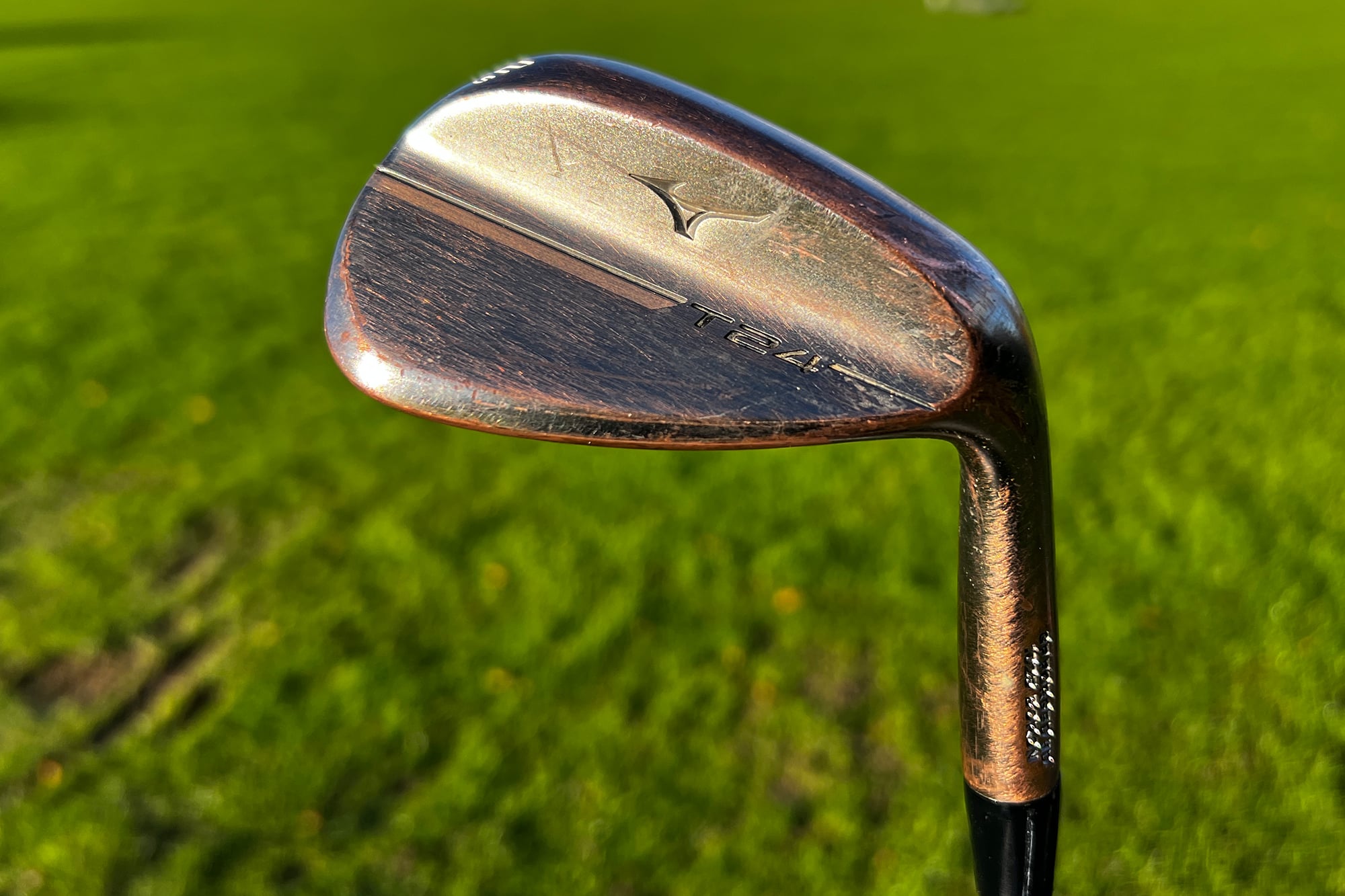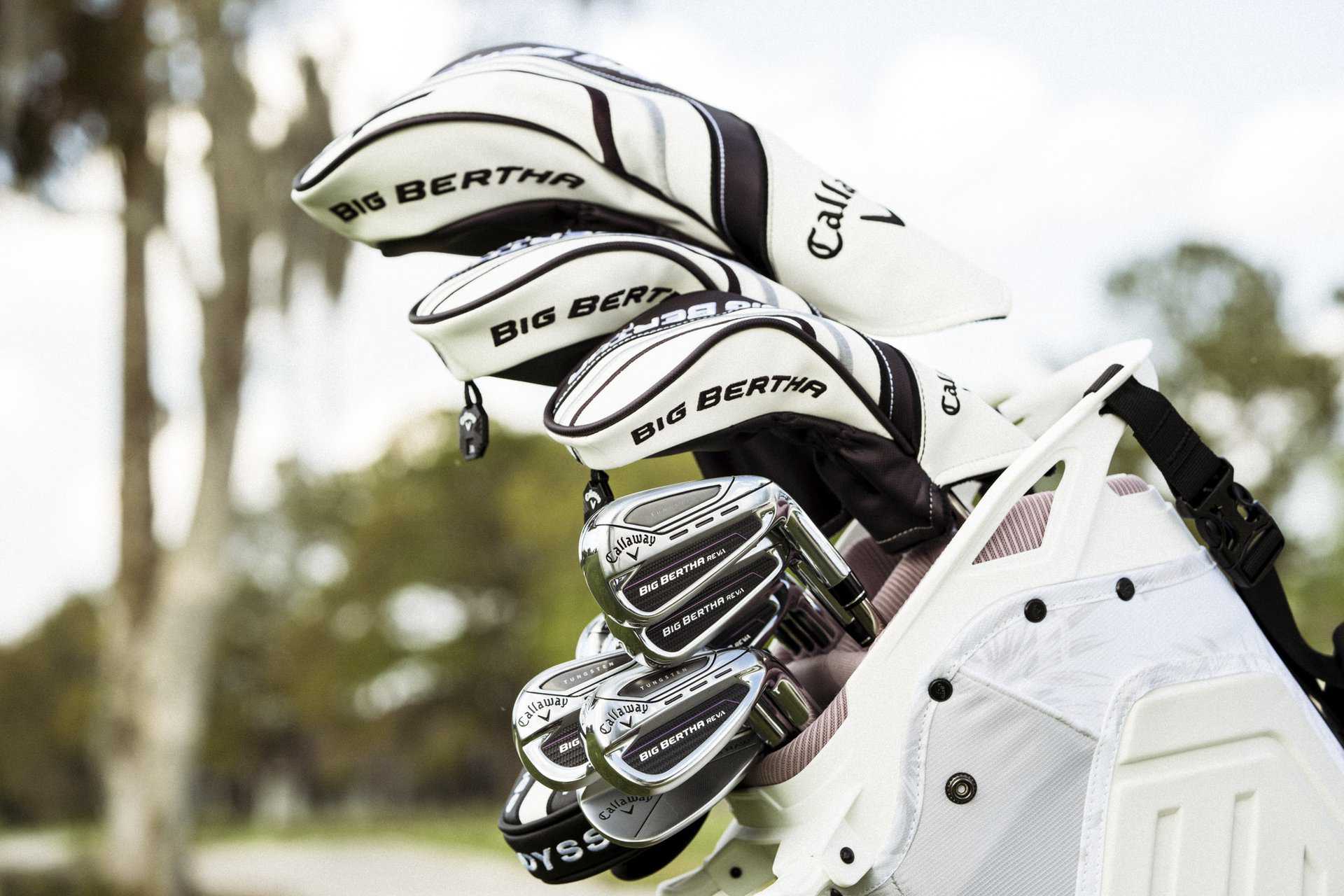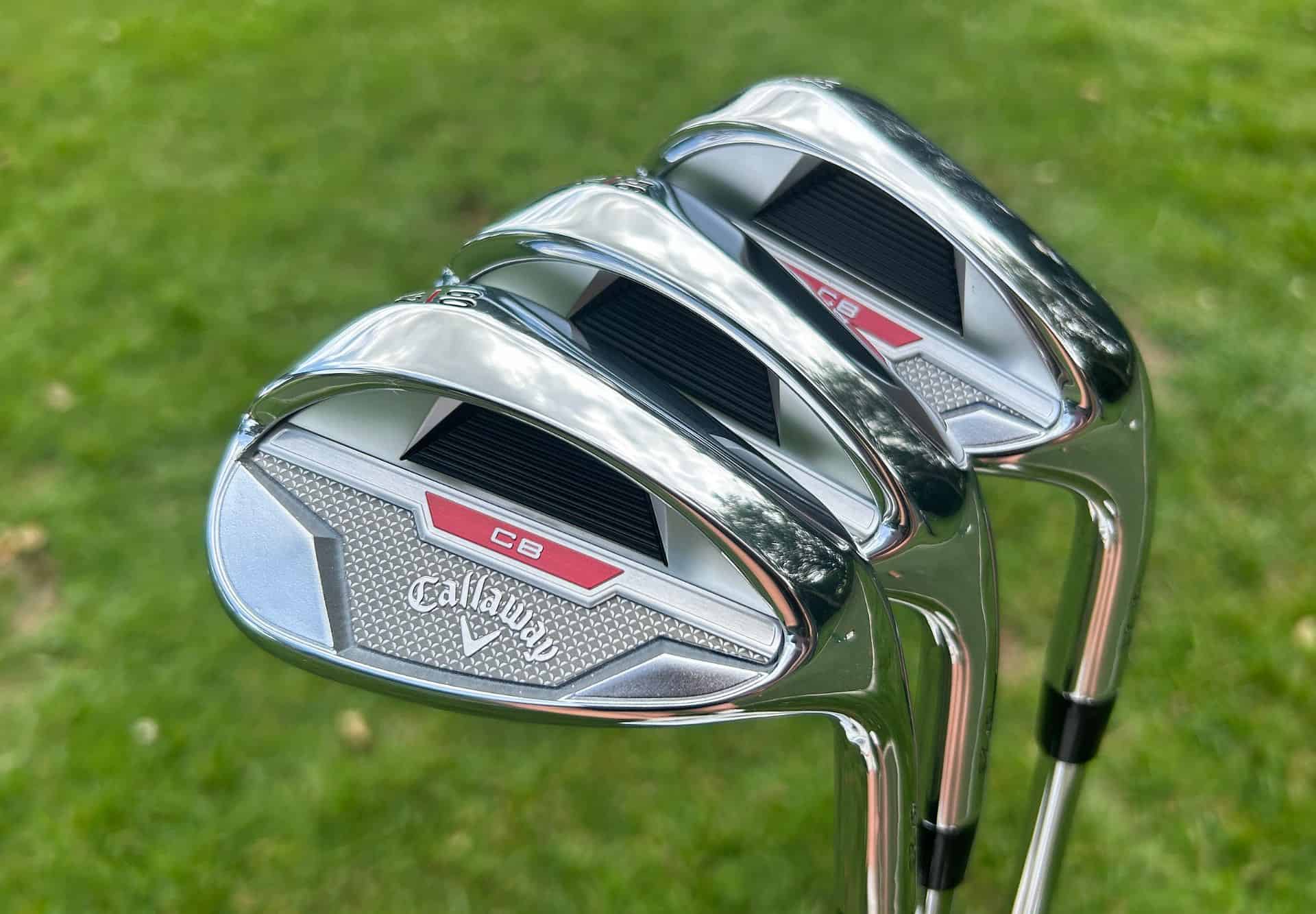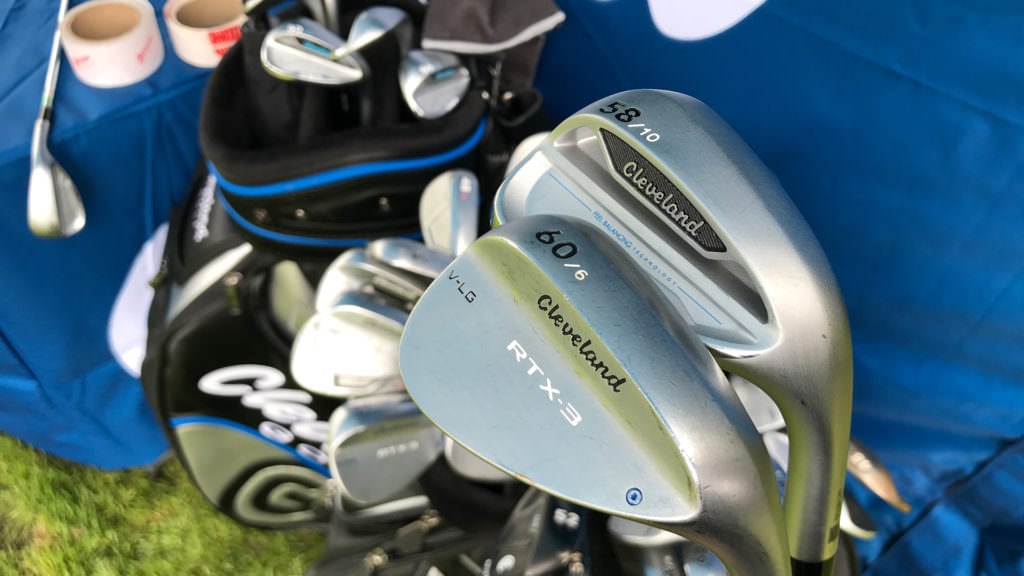
Reader test: Cleveland blade vs. cavity-back wedges
Blade vs. cavity-back – it’s often a debate had around irons but Cleveland have stirred things up in the wedge game by introducing the new CBX model.
[skylab_video id=”125320″]First Look: Cleveland CBX Wedges[/skylab_video]
They say that over 80 percent of golfers play cavity-back irons but often play bladed wedges.
Why? Well specialist wedges like the Cleveland RTX-3 and Vokey SM6 are what the tour players use.
[skylab_video id=”42122″]Cleveland RTX 3 Wedges Review – National Club Golfer[/skylab_video]
But also wedges that form part of an iron set don’t often have the same spin and groove technology or the loft, bounce and grind options.
But the jump from a chunky cavity-back pitching wedge to a skinny bladed gap wedge can be quite severe.
Cleveland say the new CBX wedges promise a bit more forgiveness than a bladed wedge but have better groove and spin technology than you’d expect from a non-specialist wedge.
We decided to put their theory to the test with some NCG.com readers…
Blade vs. cavity-back wedges – The methodology
To test out Cleveland’s theory we rounded up four golfers from Hillsborough with handicaps ranging from 9 to 22.
We wanted to put them through a full wedge fitting with Cleveland and Srixon’s Neil Moore – also a qualified PGA professional.
All four players hit both the CBX and the RTX-3 wedges during the fitting to see which performed and felt the best and which allowed them to hit the numbers they wanted most consistently.
They then took the recommended wedges for a greenside test to check the feel and versatility.
Blade vs. cavity-back wedges – The results
Steve Barnes
Handicap: 22
Fitter’s findings: Steve plays a lightweight steel shaft in cavity back irons and has an inconsistent ball strike pattern.
He was currently playing 56˚ and 60˚ in blade wedge with 130g shafts.
Additionally, Steve’s irons have been lengthened to fit his height but his wedges were standard length, compounding the mismatch with his iron set.
With the CBX in the same lofts he achieved good gapping and liked the feel around the green.
Fitted for: CBX, +1/2″ length, 1˚ upright
Paul Ashcroft
Handicap: 11
Fitter’s findings: Paul recently switched from blades to cavity-back irons with mid-weight steel shafts.
Like many people he plays blade wedges with 130g shafts.
In the fitting his ball striking was consistent but often low on the face.
We found that the strikes toward bottom grooves with cavity back were producing more consistent yardages than with the blade wedges.
With the new irons (Ping G400) he had bought the CBX were a really good fit.
Paul struggles with his 60˚ and was looking to condense three wedges into two to free up room at the top end of the bag.
The 52˚ and 58˚ not only achieved good gapping but the 58˚ was easier than the 60˚ to strike it consistently well.
Paul liked the wedges for versatility during the greenside test.
Fitted for: CBX, standard length and lie
Ian Fletcher
Handicap: 9
Fitter’s findings: Ian had done a lot of work on establishing yardages and has found that his blade wedges didn’t produce yardages that ‘fit’ his set.
He currently plays 52˚ and 60˚ bladed wedges with 130g shafts and plays cavity-back irons with mid weight shafts.
His strikes were fairly consistent strikes but slightly toward the toe.
Given his current PW loft of 45˚ I suggested a gap-wedge of 50˚ degrees may give better yardage gapping.
During the fitting gapping was the priority and with the CBX the numbers generated were an ideal fit.
Ian also liked the feel of the CBX and reported positively on greenside versatility.
Fitted for: CBX, standard length and lie
David Butler
Handicap: 11
Dave plays a combo set of blade and cavity-back irons with mid-heavy shafts.
My initial thoughts were that that RTX-3 may be the best fit. However he showed a tendency to strike towards the toe.
After trialling both Dave preferred the forgiveness of the CBX and found the greenside versatility to be good.
Fitted for: CBX, 50˚ and 58˚, standard length and lie
Blade vs. cavity-back wedges – NCG verdict
I was quite surprised to see all four golfers fitted into the CBX wedges.
With three, it wasn’t even much of a contest as the launch monitor numbers and consistency levels just couldn’t make a case for using the RTX-3.
With David it really was 50/50 and ultimately it came down to what they player preferred during the greenside test.
Before the test, David would have picked the bladed wedges but after witnessing the performance he also struggled to make a case not to use the CBX.
If you’re a mid-handicapper like me and our four testers, the chances are you won’t be hitting it out of the middle every time on your pitch shots.
It seemed the strengths of the CBX wedges were the way they maintained the numbers on off-centre strikes.
And there was little sacrifice from a feel point of view around the greens.
Once our readers have used the wedges in a few full rounds on the course we will bring you their additional feedback.
More information on the CBX and RTX-3 wedges can be found on the Cleveland website.
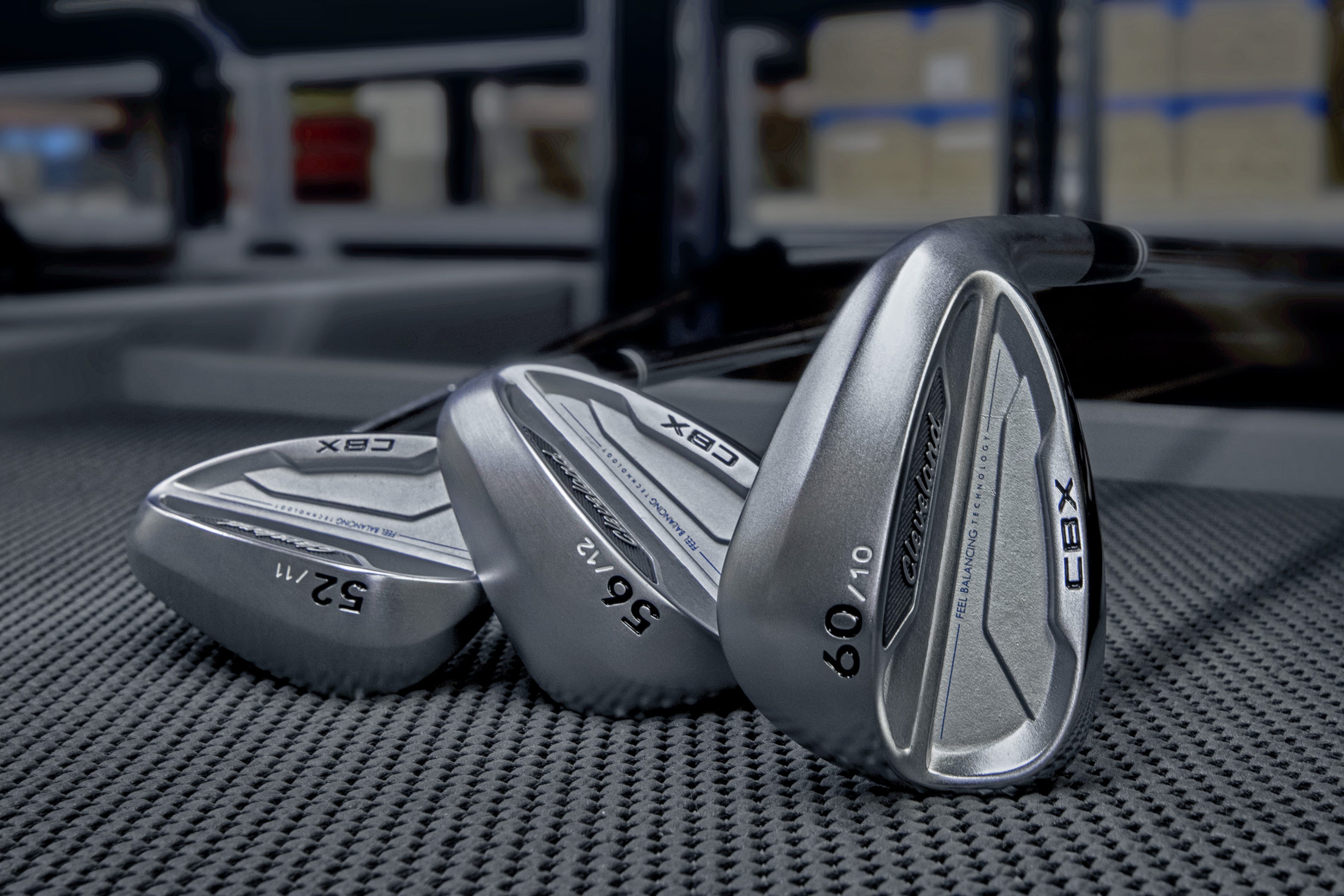
All the Gear: New cavity-back wedges from Cleveland
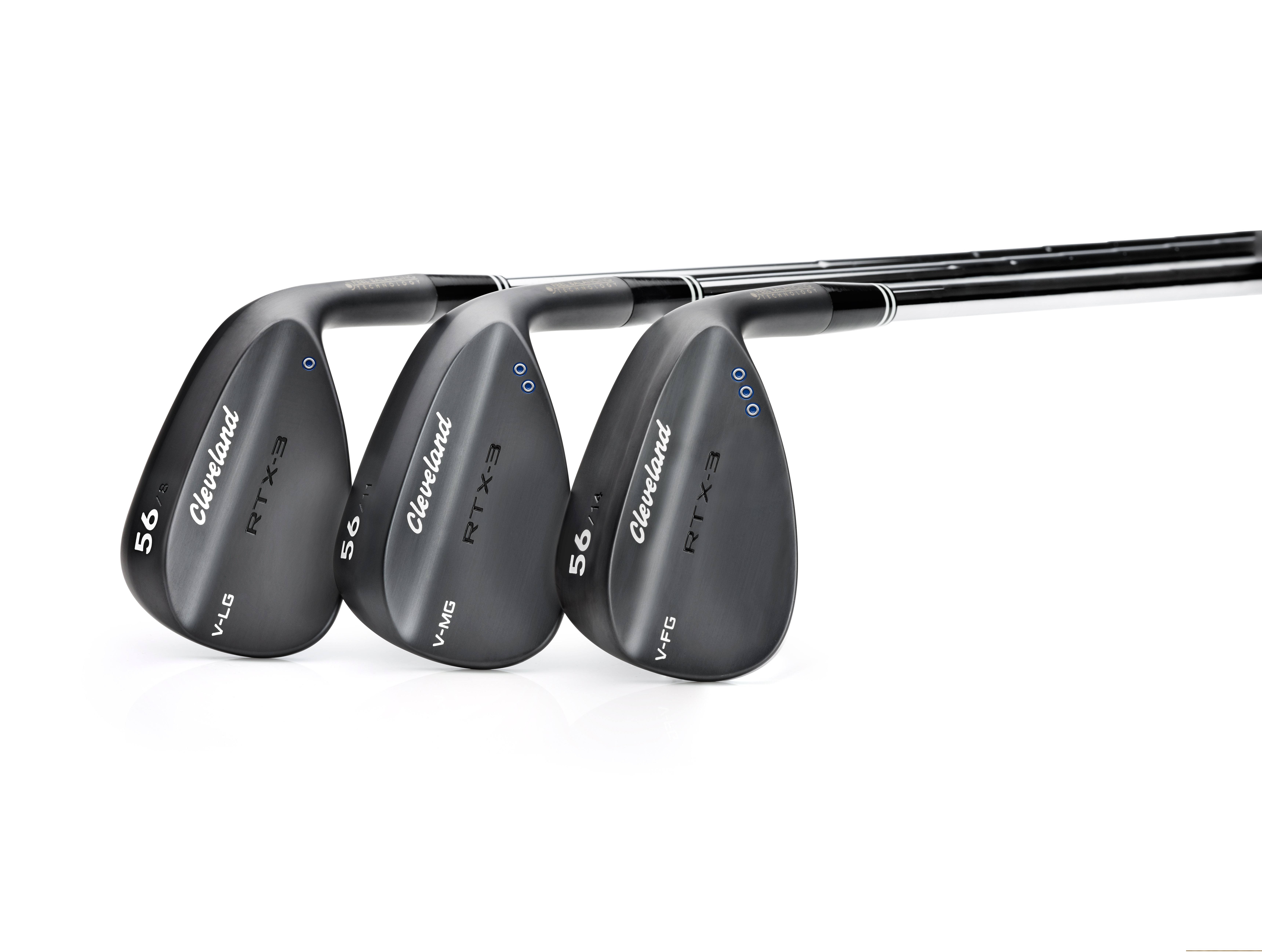
Equipment: Cleveland RTX-3 wedges review

Are you too good to use cavity backs?
James Savage
Former equipment editor of NCG. Inconsistent ball-striker and tea-maker.











